A few months ago, I put together a post for Book Riot with the best books to help children — from babies to older kids — learn American Sign Language. The sign language books for beginners on that list are a great tool for both kids and educators and can be used by anyone of all ages. Some of them are aimed at teaching Baby Sign Language specifically, and some are geared towards the general American Sign Language used by children and adults of all ages.
If you saw that list — which also includes a small account of my own experience learning sign language — you might have wondered which books to turn to when approaching sign language as an adult.
If that is the case, Book Riot — and I — have got your back once again!
In the list below there are some of the best sign language books for beginners out there for those who would wish to learn American Sign Language and may wonder if they are a bit too late coming into the language as an adult (a little secret: you’re never too late to start).
At the end of this list there are a few important notes and resources, so make sure you read this post through!
The best thing about sign language — besides the amazing fact that you will now be able to communicate with even more people — is that it is also fun, and often very intuitive! Let’s get into it!
Learn American Sign Language by James W. Guido
This is a fantastic book for those who wish to take learning ASL seriously and in the long term.
It is a compilation of more than 800 signs, including signs for things we do daily at home or in the workplace, and it also teaches how to modify signs and create whole sentences.
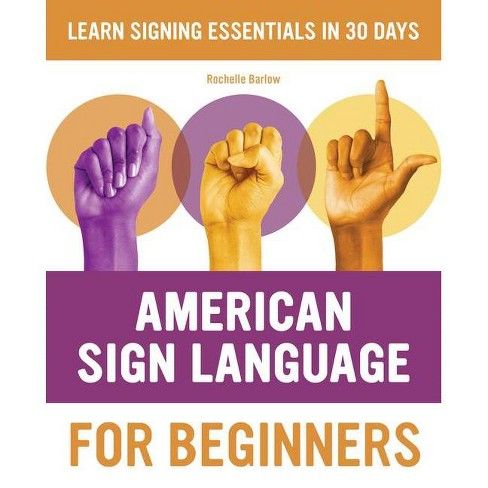
American Sign Language For Beginners by Rochelle Barlow
This book is a great place to start if you want to give ASL a try.
It is described as a 30-day beginner’s guide to the language, with essential vocabulary (including the alphabet and numbers) and grammar, making it perfect to build a good basis when starting to learn ASL.
Barlow has created several books on ASL (there’s another by her on this list), and her guides are always great.
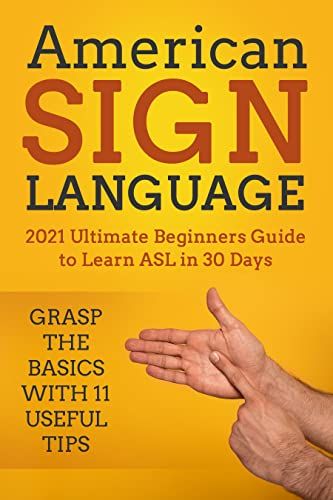
American Sign Language: Ultimate Beginners Guide by Kevin Embury
Another book for beginners with the premise of a 30-day learning, this is a very up-to-date edition (released in 2021).
Unlike the guide above, this guide focuses less on teaching the signs, and more on background information related to ASL, so be mindful of what you’re getting if you decide to go with it. It is mostly for those who like to dig a bit deeper into what they’re learning to better understand it.
The book includes information on ASL — like what exactly it is, and its history — as well as tips on how to grasp the language from the very start.
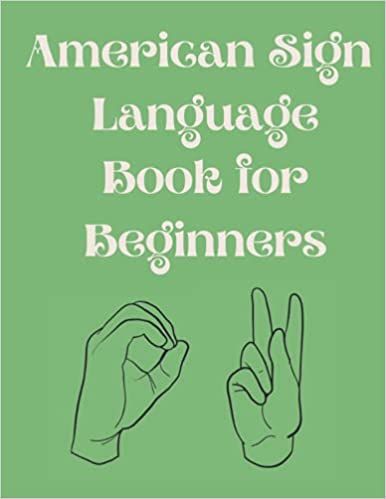
American Sign Language Book For Beginners by Cristie Publishing
I believe that learning the sign language alphabet is one of the most important steps in grasping it because if you can’t remember a sign, you can always use sign alphabet to spell the word and communicate.
This is a simple book, which focuses mostly on the basic things of ASL: alphabet, colours, numbers, emotions, and basic starting signs like thank you and hello.
It is great to exercise and memorise the language, and it is also suited for younger readers.
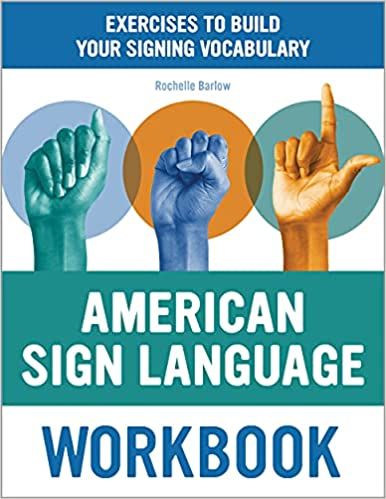
American Sign Language Workbook by Rochelle Barlow
A great complement to American Sign Language For Beginners mentioned above, this workbook does exactly what it says: it helps you get the work done.
With over 30 lessons, you get to learn the basics of daily conversations and the vocabulary you need to keep them going, and are then encouraged to put that knowledge to the test.
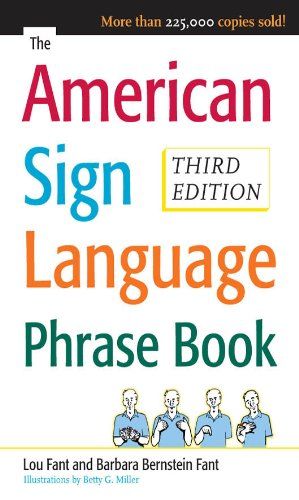
American Sign Language Phrase Book by Betty Miller, Barbara Bernstein Fant, and Lou Fant
If you’d like to start communicating immediately by learning complete sentences rather than simply learning singular words, this is the perfect place to begin.
It contains more than 500 phrases used in common daily conversations and clear instructions, which will get you speaking in sign language quickly.

Learn Sign Language In A Hurry by Irene Duke
For those who have no time to lose in learning ASL, this is the perfect book!
It focuses mostly on helping hearing people create connections with Deaf or Hard of Hearing concepts and includes excellent memory aids and easy-to-follow illustrations.
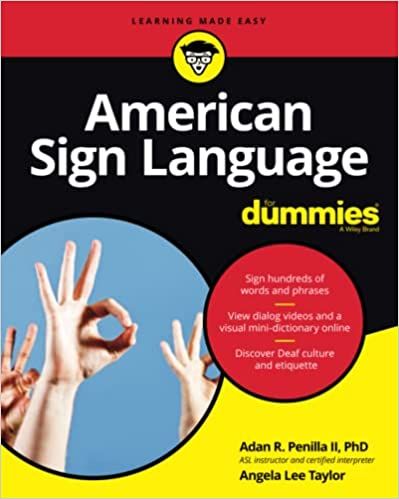
American Sign Language For Dummies
Granted, this may not be the perfect book if you are serious about learning ASL in the long run, but it is a pretty decent place to start.
For those who are used to the Dummies books and would like a concise and simple way to have some grasp on the language, this book will prove to be a helpful tool.
The book includes videos online that will certainly make the experience a lot more fun.

The Gallaudet Dictionary Of American Sign Language by Clayton Vali
When learning languages, a dictionary is an essential tool.
This ASL dictionary includes illustrations, synonyms, and a DVD featuring every sign, as well as an introduction that helps to learn the basics of the language.
A must-have.
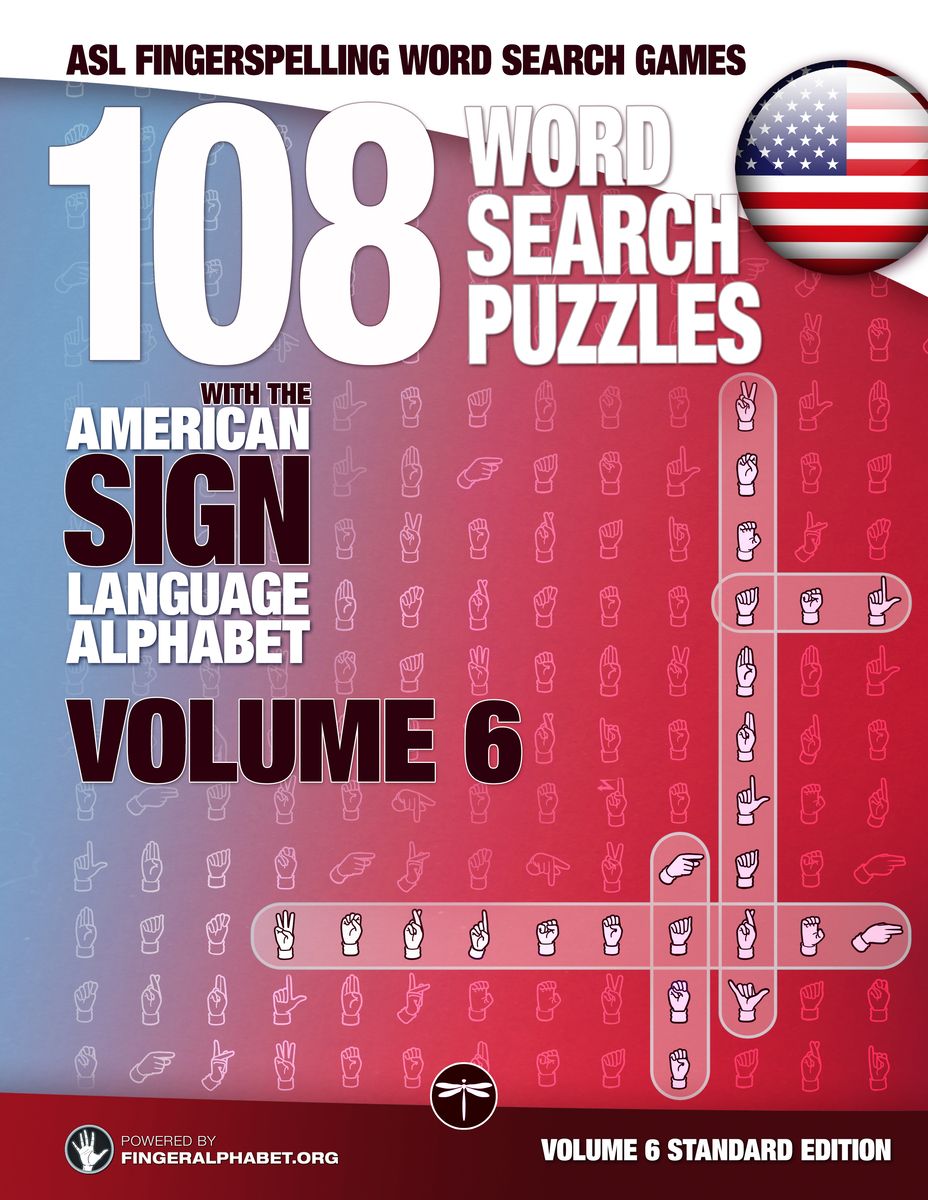
ASL Fingerspelling Word Search Games Vol.6 by Lassal
One of the most essential things when learning a language is practice.
I’ve been finding that out the hard way with sign language, as I keep forgetting things as basic as the alphabet when I go a couple of weeks without practicing.
This book is not a guide, but a word game, which will keep you entertained, motivated, and most important, practising.
If you are a fan of puzzles and crosswords, you will love this.
Unfortunately, as I previously pointed out in the list of ASL books for kids linked in the intro of this post, there aren’t yet a lot of resources on ASL coming from authors of colour.
However, Black ASL exists and is comparable to AAVE (African American Vernacular English). You can read more about it here, and check a couple of BASL books here.
If you are a parent looking for more sign language books for babies, you can find more resources here.
Source : 10 Sign Language Books For Beginners









